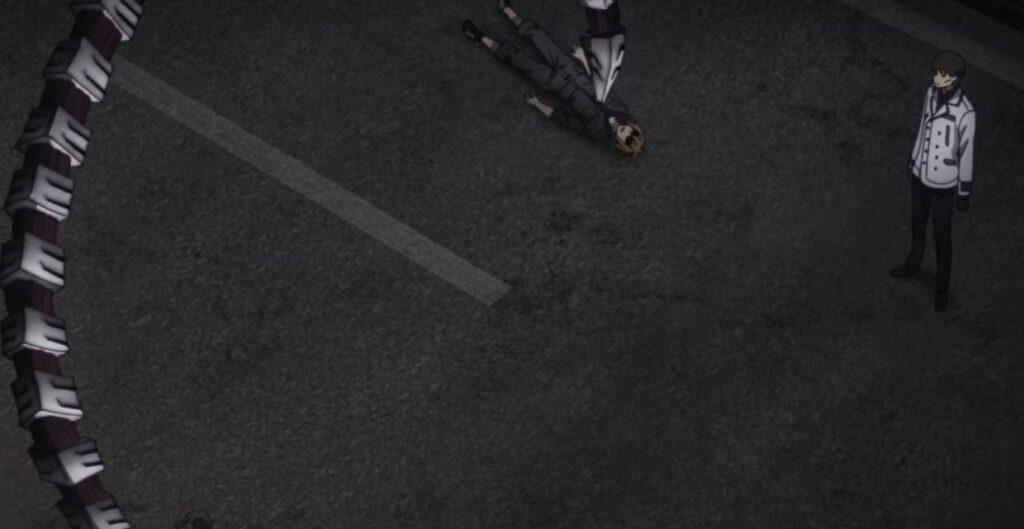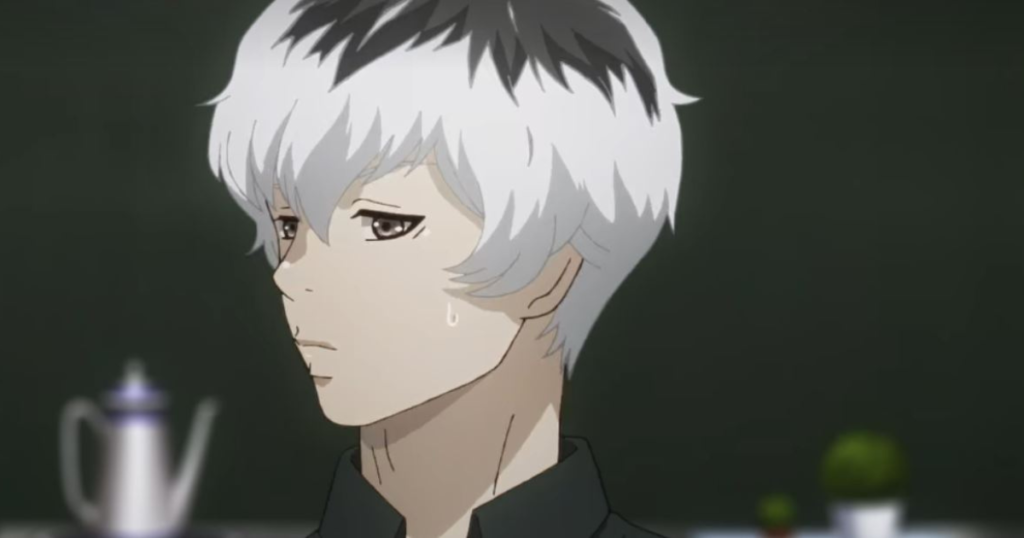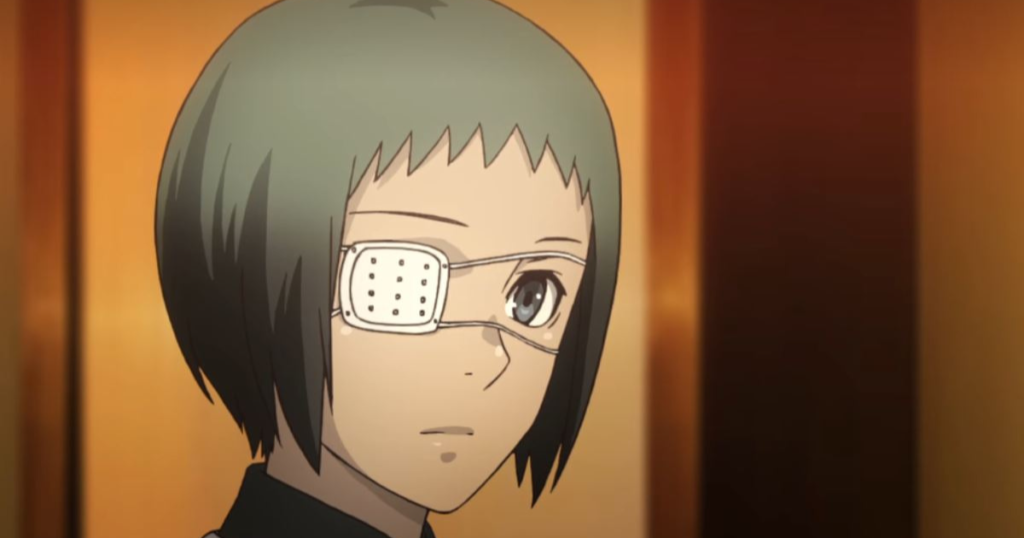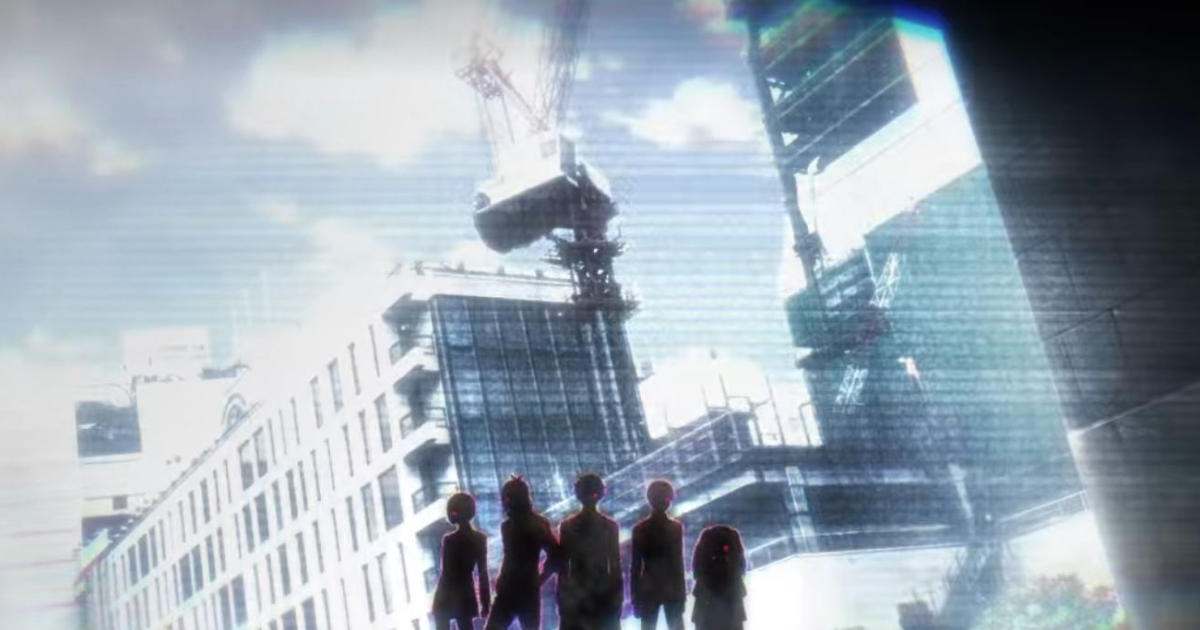Introduction:
Tokyo Ghoul, created by Sui Ishida, has charmed cult worldwide since its release. The series offers a compelling blend of action, horror, and deep philosophical themes. From its unique characters to its dark yet beautiful liar, Tokyo Ghoul has sculpted a special place in the hearts of anime suckers. But what exactly makes this series so cherished? Let’s dive into the top five reasons why suckers ca n’t get enough of Tokyo Ghoul.
1. Complex and Relatable Characters
One of the name features of Tokyo Ghoul is its rich character development, which draws suckers into the emotional core of the story. Kaneki Ken, the promoter, embodies this complexity. originally introduced as a skittish and erudite university pupil, Kaneki’s life changes drastically after a chance hassle leaves him as a half- cacodemon. This metamorphosis forces him to navigate a brutal, strange world while floundering with his new identity. His internal conflict — balancing his mortal morality with his cacodemon instincts glasses real- life struggles of identity, tone- acceptance, and change. Beyond Kaneki, the supporting characters are inversely compelling. Touka Kirishima, a fierce yet caring cacodemon, hides her vulnerabilities behind a tough surface. Her struggle to live a normal life despite societal prejudice is relatable to numerous. Characters like Juuzou Suzuya and Kishou Arima add farther depth, each with their own innocently complex peregrinations and particular traumas. This position of complexity ensures that every character feels real and multi-dimensional, making it easy for suckers to connect with them on an emotional position. Whether it’s their excrescencies, strengths, or particular growth, Tokyo Ghoul characters leave a lasting print.

2. A Dark and Gripping Storyline
The plot of Tokyo Ghoul is one of its utmost witching aspects. From the veritably morning, the series thrusts observers into a world where humans and fiends are locked in a deadly struggle for survival. fiends, brutes that survive by consuming mortal meat, are stressed and hunted by technical investigators. still, rather than portraying the fiends as bare monsters, the series dives into their lives, revealing their feelings, struggles, and solicitations. Kaneki Ken’s metamorphosis into a half- cacodemon serves as the central narrative, but the story is far from a typical idol’s trip. rather, it’s a woeful tale filled with moral nebulosity. Kaneki must navigate a brutal reality where the lines between good and evil blur. The constant peril and high- stakes conflict between humans and fiends produce a tense and changeable atmosphere, keeping suckers on the edge of their seats. From shocking back stabbings to heartbreaking offerings, Tokyo Ghoul ensures that no character or event is safe from the harsh realities of its world. This unpredictability, coupled with the dark themes of survival, identity, and the cost of power, makes the plot both absorbing and study- provoking. suckers are drawn to its raw depiction of conflict and the emotional weight carried by every decision and battle.
3. Stunning illustrations and Art Style
Tokyo Ghoul is vastly praised for its striking illustrations, which play a vital part in immersing observers into its dark, atmospheric world. Sui Ishida, the creator of the manga, has a distinctive art style that combines intricate detailing with a haunting aesthetic. His use of sharp contrasts, especially between light and shadow, emphasizes the duality of the series — between humans and fiends, stopgap and despair. In the anime adaption, these illustrations come to life with dynamic vitality and pictorial colors. One of the most iconic visual rudiments is the Kagune, the armament- suchlike raptorial organs that ghouls use in combat. Each Kagune is uniquely designed to reflect the personality and fighting style of its wielder, making battle scenes visually spectacular. These moments are filled with fluid stir, bursts of energy, and violent color palettes that heighten the excitement and peril. Symbolism is another crucial aspect of the art. Kaneki’s metamorphosis is marked by the shift in his hair color — from black to white — signifying his internal change and growing acceptance of his cacodemon identity. Indeed the series’ opening sequences are loaded with tropical imagery, blending surreal illustrations with emotional undertones.

4. Emotional Depth and Tragedy
Tokyo Ghoul is famed for its emotional intensity, which resonates deeply with suckers. The series does n’t wince down from portraying pain, loss, and inner fermentation, making its story and characters profoundly poignant. Kaneki Ken’s trip is at the heart of this emotional depth. His metamorphosis from a shy, ordinary pupil to a equivocal half- cacodemon is fraught with suffering. He endures physical pain, cerebral torment, and the constant fear of losing his humanity. The tragedies extend beyond Kaneki. numerous characters face heartbreaking circumstances. Touka Kirishima grapples with the loss of her family and her craving for a normal life. Other addict- pets, similar as Hinami Fueguchi and Amon Koutarou, endure their own share of anguish, frequently caught in the crossfire between humans and fiends. These moments of loss and despair punctuate the cruel realities of their world, eliciting a strong emotional response from the followership. Also, Tokyo Ghoul consummately depicts the weight of delicate choices. Characters constantly defy moral dilemmas that lead to particular immolation or ruinous consequences. This constant haul- of- war between duty, survival, and particular values makes their struggles relatable and poignant.
5. important Themes and Philosophical Undertones
One of the defining features of Tokyo Ghoul is its disquisition of profound philosophical questions. The series goes beyond its action and horror rudiments to claw into themes of identity, morality, and concurrence. These themes not only enrich the plot but also challenge observers to suppose deeply about mortal nature and societal morals. A central question posed by Tokyo Ghoul is What does it mean to be mortal? Through Kaneki Ken’s metamorphosis into a half- cacodemon, the series explores the struggle of coordinating two clashing individualities. Kaneki is forced to defy his own humanity while also trying to understand the fiends’ perspective. This duality glasses real- life issues of identity, acceptance, and the fear of the” other.” The show also tackles moral nebulosity, blurring the lines between right and wrong. fiends are frequently portrayed as monsters, but their conduct are driven by the need to survive in a world that rejects them. Meanwhile, mortal investigators, similar as the CCG, fight to cover humanity but frequently resort to brutal styles. By presenting both sides with empathy, Tokyo Ghoul invites observers to question societal prejudices and the cost of justice. Another significant theme is existentialism. Characters constantly grapple with their purpose and the meaning of their conduct in a chaotic, enduring world. Kaneki, in particular, struggles to find a place where he belongs, embodying the mortal desire for connection and understanding.

Conclusion:
Tokyo Ghoul is further than just an action- horror anime; it’s a profound disquisition of mortal nature and morality. Its compelling characters, gripping story, and deep themes have made it a addict-favorite worldwide. Whether you’re drawn to its emotional narrative or its stunning illustrations, Tokyo Ghoul offers commodity for everyone. For these reasons and further, it remains a cherished series in the anime community.
